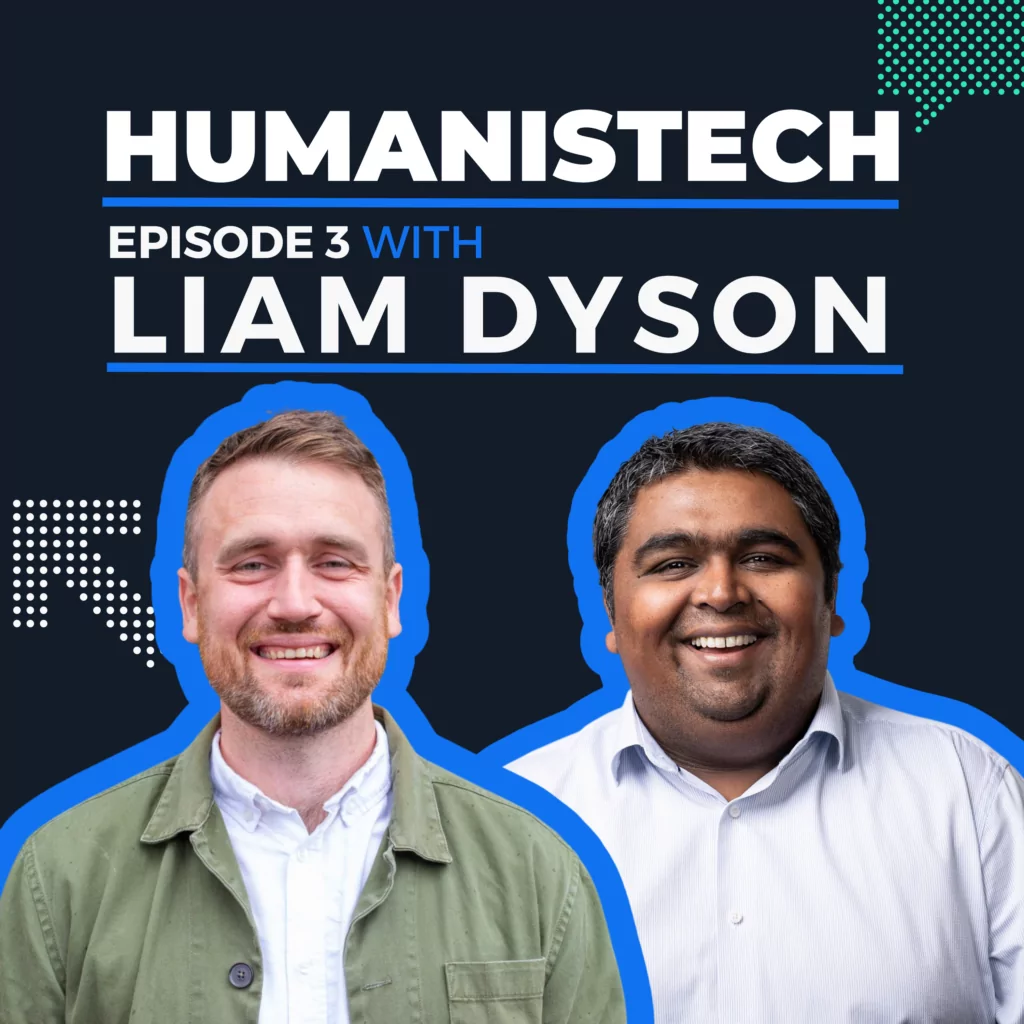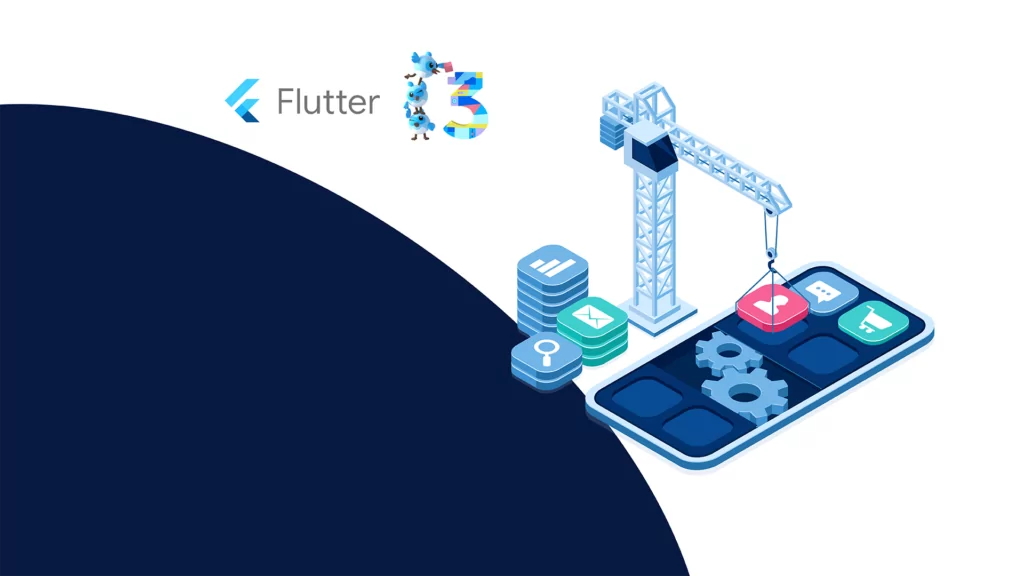We are rather a fan of the Flutter framework. Having built many applications on it with a scale of complexity‚ we know how to get the very best out of its features.
The next iteration of the framework ‘Flutter 3’ has been released for use. It brings with it a host of really useful advancements‚ some on the face of it may not seem so important but drilling down into the applications they bring on the framework usefully.
We have worked through the release to give you the best of the information and what it means for you if you have‚ or are considering using the Flutter framework in your digital project
Read on‚ it is an interesting article.
A huge step forward for the framework. There is now support for macOS and Linux meaning significant performance improvements‚ and update capabilities for mobile and web.
Whilst having a common codebase for each product there is the capability to customise and enhance each application based on use and platform. Whilst there will be commonalities in design there can be optimisations built in to enhance user experience.
There have also been advancements in accessibility in Flutter for Windows‚ macOS‚ and Linux. They now support services such as screen-readers‚ accessible navigation‚ and inverted colours.
What does this mean? There are many benefits as you would expect. One of Flutters core advantages was to have a common code base between Android and iOS which has huge time savings both pre- and post-production.
This update takes things a big step forward by including desktop apps to sit alongside web and mobile app. This provides the user with a fully immersive experience and improving their experience.
From a brand perspective‚ it allows a cohesive user and design experience‚ whilst allowing easier management of content and data. It also promotes a larger reach as there are many more users to target.
Next in the countdown of goodness is Material 3. Why get excited? In a nutshell this is the next generation of the material design from Google. It concerns the colours‚ typography‚ UI components‚ visual effects and so on.
This is the first time Google have released Material 3 officially within the framework. Whilst we have had exposure through beta it is great to see it fully integrated.
What does this mean? Simply flexibility and customisation options. This update will allow brands to express their identity more clearly in the design of the app. You want a cut off corner on your sign-up button? No problem.
Easily skimmed over but there are some subtle changes. It is important for app publishers to request consent for personalised ads and to handle Apple’s App Tracking Transparency (ATT) requirements.
To support these requirements‚ Google offers the User Messaging Platform (UMP) SDK‚ which replaces the previous open source Consent SDK. In the upcoming release of GMA SDK for Flutter‚ Flutter is adding support for the UMP SDK to allow publishers to obtain user consent.
There will be the capability to integrate adverts more seamlessly into the design‚ so they are less obtrusive therefore increasing user experience.
What does this mean? It is obviously imperative to work to legislative requirements‚ this update not only provides this but also focuses on improving user experience and providing subtle revenue streams for the app owner.
It is still relatively early days in this technology with only a small number of devices released in the market. User data shows the early adopters do use their devices differently to regular phones.
With elongated screens there is increased capability to multitask and work with Picture in Picture (PiP).

As a progressive framework Flutter 3 now supports use on these devices in turn creating dynamic and immersive experiences for the user.
What does this mean? This provides the ability to alter the apps behaviour depending on the device status. It is all about optimising user experience. For example‚ it is possible to render a different user interface depending on the device status i.e.‚ fully open of half open.
As we have all come to expect performance is central to what we do. No amount of slick design and number of features can overcome poor performance as this leads to poor experience and lack of use.
The new framework moves the game forward with some subtle performance enhancements.
What does this mean? Ultimately the apps will render that bit quicker and be more stable improving the efficiency of the app and maximising user experience.
Our Thoughts
Reviewing the changes Peter Bryant‚ hedgehog lab Lead Mobile Engineer says: “The Flutter 3 release with Linux and macOS support further expands our capability to deliver applications to a range of devices across mobile‚ web‚ and desktop platforms.
“This along with important updates to the framework and developer tools will help us to further increase the quality and performance of our clients’ applications and allow them to reach more users wherever they are.”
We have picked he highlights of the release‚ there are many more besides which go into a high level of technical context. Rather than highlight these our technical experts are happy to answer questions you may have.
Ultimately this is a great release with some very useful additions we can utilise.
If you would like to discuss the Flutter 3 options we can provide please contact the team and we will be happy to talk through how we can help.





